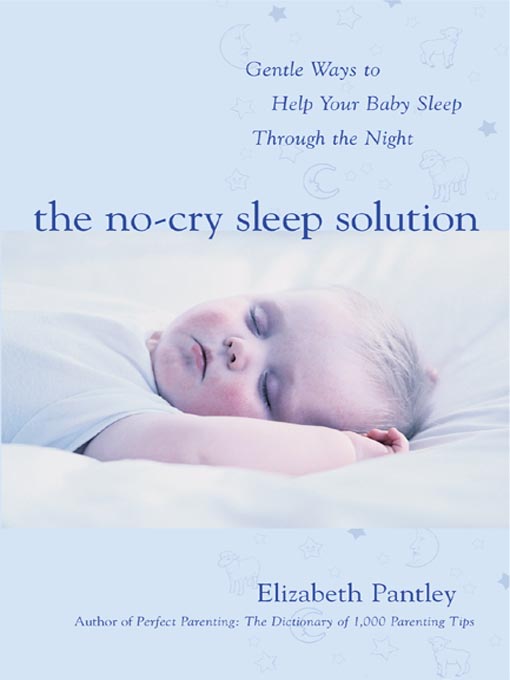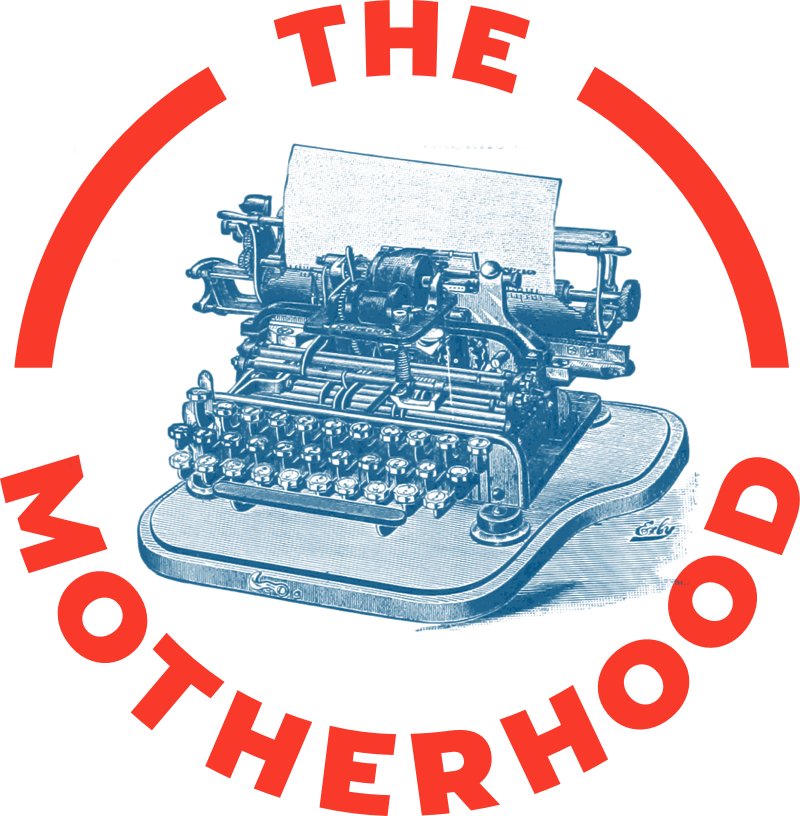You know the saying “I’ll sleep when I’m dead”? Yeah, that was most definitely coined by a mom. Most moms don’t know the meaning of the word anymore. Sure, they have hazy memories of participating in such a ritual long ago, but anymore, they consider a good night’s sleep a few hours.
I don’t imagine I’ll be getting much sleep anytime soon. First, you’re hanging over the toilet with all day sickness. Then you’re too big to get comfortable. Then once you have the baby you’re recovering from what feels like a truck ran over your *ahem*, nurses are popping in to check your temperature, weigh the baby, take your blood pressure, yadda, yadda, yadda.
When you get home from the hospital, you’re newborn is on a feeding frenzy, eating every 2 hours. Finally the baby will decide she doesn’t need to eat every couple of hours and you’ll be teased with a couple good nights. Then they start teething. No more sleep. Ear infections. Colds. The flu. Yep, more long nights. Then it’s the toddler years and they realize “hey, I can climb out of my bed and run into momma’s room.” Then in preschool they need ONE MORE STORY! Then in the preteen years they’re up late tap, tap, tapping on the computer. And then the teen years. ha! If you can sleep while your daughter is out on a date, peace be with you.
So how can you get your little baby to catch a few more zzz’s, lest your eyeballs fall out? There are a few schools of thought on that. Deciding which is best for your family and what works best for your little one is completely trial and error.
Enter Elizabeth Pantley, mother, author and parent educator. Her book, The No-Cry Sleep Solution details the method we used. And it worked like a charm. But not after many, many sleepless nights filled with tears – the diva’s and mine.
I caught up with Elizabeth who was nice enough to answer a few questions about The No-Cry Sleep Solution.
Want to win your choice of one of her 11 insightful books? Leave a comment below.
Where did the inspiration for The No-Cry Sleep Solution come from?
The youngest of my four children was a frequent night waking, non-napping baby. Being a busy mom of four and author I desperately needed my sleep, yet I was totally unwilling to let my baby cry himself to sleep. I gathered together a group of Test Moms with similar situations and set out to develop an effective – yet gentle – way too help babies sleep better, so that their parents could sleep better too.
What differentiates your sleeping method from others?
In the past, there were two schools of thought for encouraging babies to sleep through the night: the hotly debated technique of letting the baby “cry it out,” or the grin-and-bear-it solution of getting up from dusk to dawn as often as necessary until your baby decides to sleep through the night on his own. If you don’t believe in letting your baby cry it out, but desperately want to sleep, there is now a third option: The No-Cry Sleep Solution, which offers a laundry list of ideas to help guide parents as they work to aid their babies towards better sleep. It uses only methods that are kind and respectful to both baby and parent.
What’s your opinion of the cry-it-out method?
Advocates of the cry-it-out method make it sound so easy: A few nights of crying, and your baby will be sleeping all night, every night. If only it were so simple! My research has shown that very few parents experience this effortless success. Many deal with weeks of crying for hours each night (for baby and parent, in many instances.) Some have babies who cry so violently that they vomit. Some parents find that the nighttime crying affects their babies’ daytime personalities — making them clingy and fussy. Many find that any setback (teething, sickness, missing a nap) sends them back to their night waking problems, and they find they must let their babies cry it out over and over again. Many (if not all) parents who resort to letting their babies cry it out do so because they believe that it is the only way they will get their babies to sleep through the night.
It’s a disturbing myth that a gentle sleep plan is slow and a cry-it-out plan is quick. The truth is that either method can bring quick results…..But in most cases, either way – cry or no-cry – will take weeks before a child is sleeping all night every night. Just like teaching a child to walk, talk, or use the potty – There is no one day solution. And if there are many options other than making your baby cry it out, why wouldn’t you use those instead?
What part of The No Cry Sleep Solution formula do you find parents struggle the most with?
I find that the most difficult thing that parents struggle with is the excess of unwanted advice from friends, family members or even their pediatrician who advise them to let their baby cry it out. Those people – including many doctors – are not schooled in sleep facts and give advice based only on their own experience, and from an unemotional distance. If parents can ignore outside advice, listen to their hearts, and read and learn about sleep they will find several things. First – their baby is normal. Second – it takes time for sleep to stabilize to an all-night/every-night routine. Third – there are many tips and solutions that can be used to help a baby sleep better.
The family bed seems to be a hot topic of debate. What’s your opinion of co-sleeping?
Children sharing sleep with their parents has been a natural occurrence for human beings since the beginning of time, and it is still common in many countries today. Our independent-focused society leads many people to believe that it’s rare or unusual. But here’s the bottom line – lots and lots of families co-sleep. According to sleep polls, over 50 percent of parents follow some sort of co-sleeping arrangement in their home. On one hand, it’s nobody’s business where you choose to let your children sleep. But on the other hand, it would be wonderful if we could normalize the concept of co-sleeping so that everyone in society realizes that it’s a natural and popular option for family sleep.
On average, how long does it take to get a baby to sleep through the night?
Babies are not born with an adult sleep rhythm. A newborn baby’s sleep/wake cycles are spread throughout day and night, gradually settling into a pattern of defined naps and nighttime sleep.
A baby’s biological clock begins maturing at about six to nine weeks of age, and is not working smoothly until about four to five months of age. As the maturity of the biological cycle occurs, a baby reaches a point when he is mostly awake during the day, and mostly asleep during the night. At about nine to 10 months, a baby’s sleep periods consolidate so that he wakes and goes to sleep at about the same times every day, and his sleep spans are longer.
The National Sleep Foundation published a 200 page study based on interviews with 1,473 adults who have young children in their households. This report, The 2004 Sleep in America Poll, provided an enlightening picture of children’s sleep. The data demonstrates that night-waking toddlers and preschoolers are not unusual; on the contrary, they are perfectly normal. In response to the question about how many times their child woke up and needed help from an adult on a typical night, here’s how the answers panned out:
47 % Total of toddlers who wake at least once per night and need an adult’s help to return to sleep
36 % Total of preschoolers who wake at least once per night and need an adult’s help to return to sleep
This means that it is absolutely normal for a toddler or preschooler to wake up in the night and need help to fall back to sleep. Sleeping all through the night, every night, without needing a parent’s assistance, is like learning to walk or talk— all kids get there, but they do so at their own speed, a little bit at a time, and in their own unique way.
What do you recommend to parents for whom these techniques don’t work for?
I suggest that they take a deep breath and step back and take a look at their baby’s sleep patterns, and how they respond to this, and what plan they have been following and how they can modify it for possible improvement. But also to try to keep things in perspective. This time will pass, and sooner than you think!
What projects are you working on or have planned for the future?
I have a whole list of No-Cry books ahead of me! Parenting is complex, and as a mother of four I have a good idea of which issues cause stress for parents and families!
Need more “no-cry” advice, check out Elizabeth on Facebook or her website. Or order The No-Cry Sleep Solution here!
Don’t forget to leave a comment for a chance to win one of her books!








I love her books, especially the toddler version of the No Cry Sleep Solution.
I love the books by the author Dr Sues
As a mom to a 2year old and an almost 2 month old, I NEED her books! OR a housekeeper and cook! 🙂 Well definitely be checking them out!! Thanks!
Well u have ur hands full
Is Soife a good nsme fo ra girl baby
i mean name and for